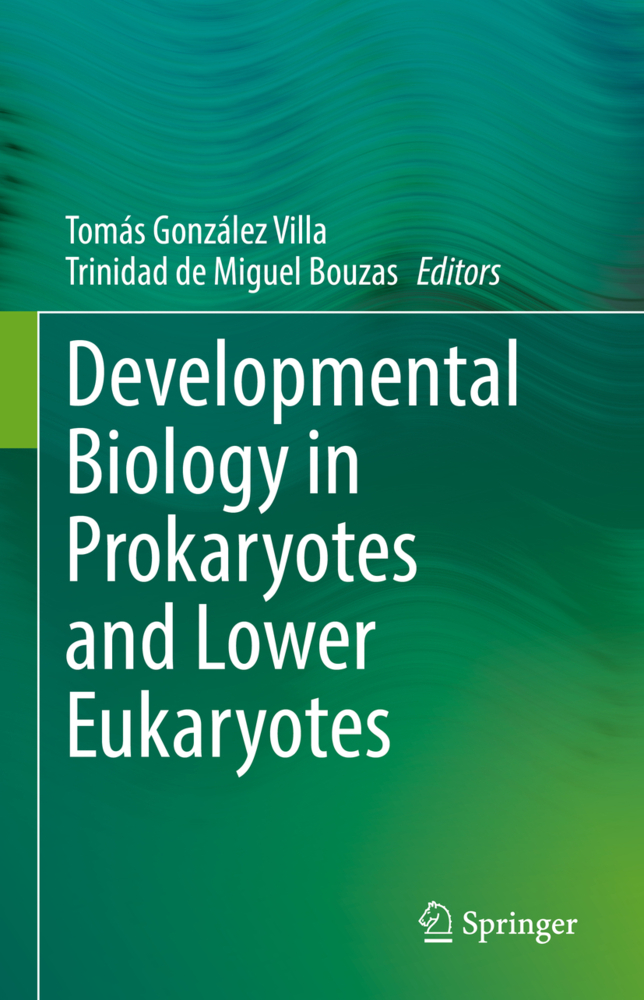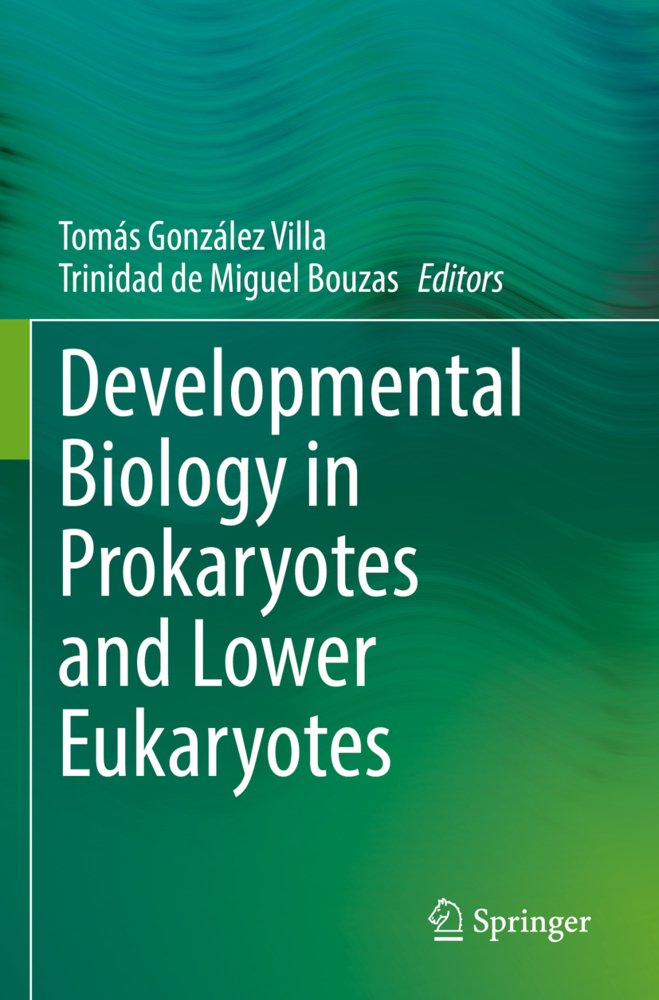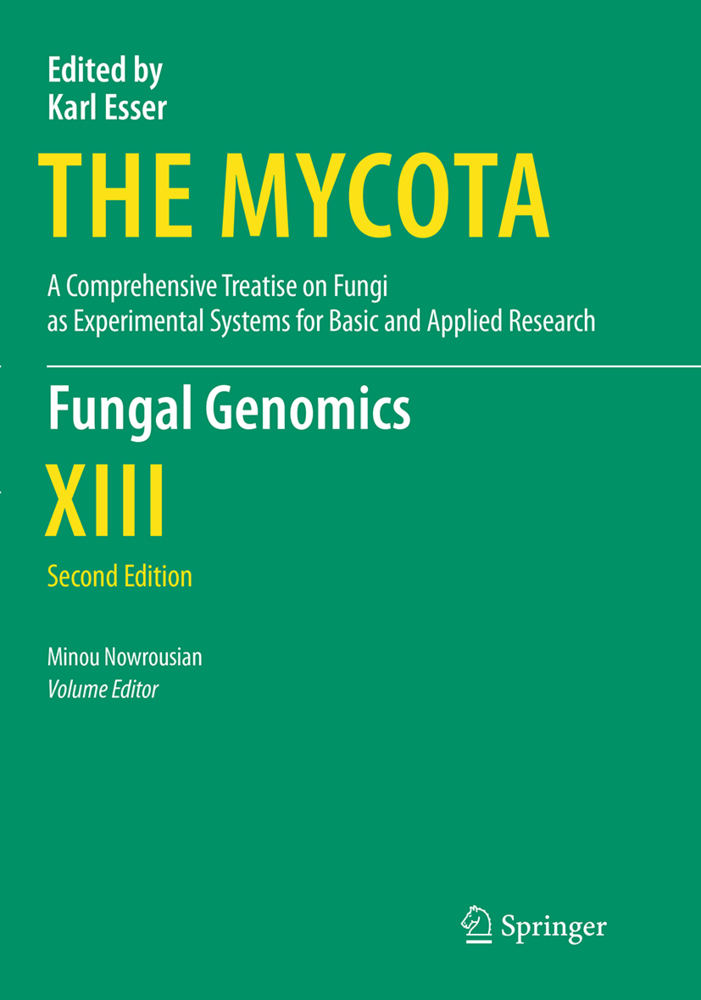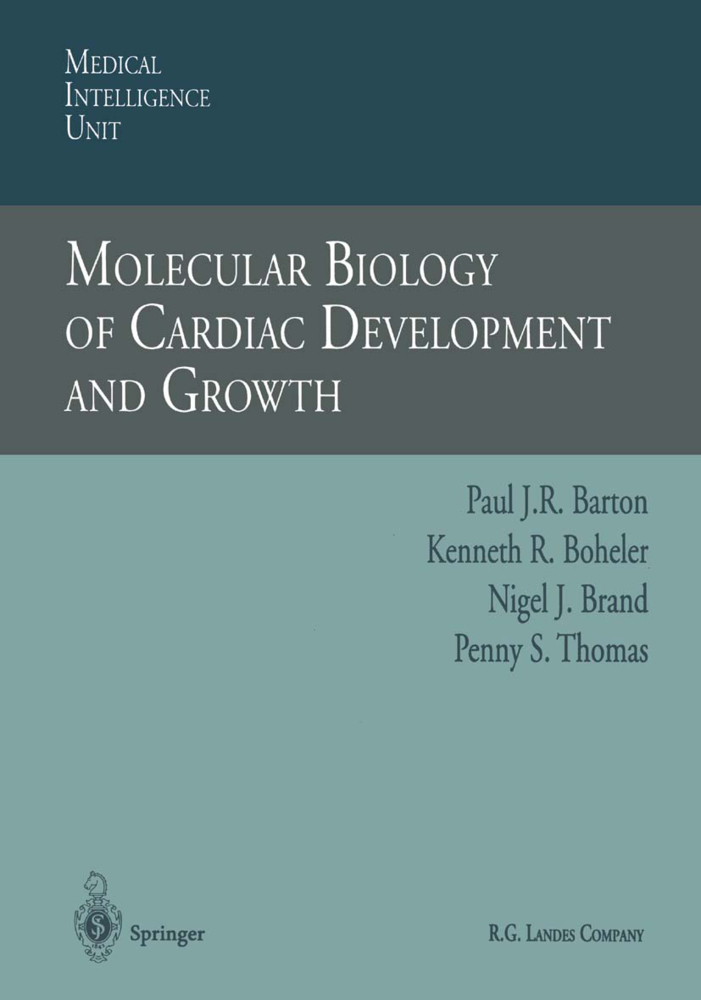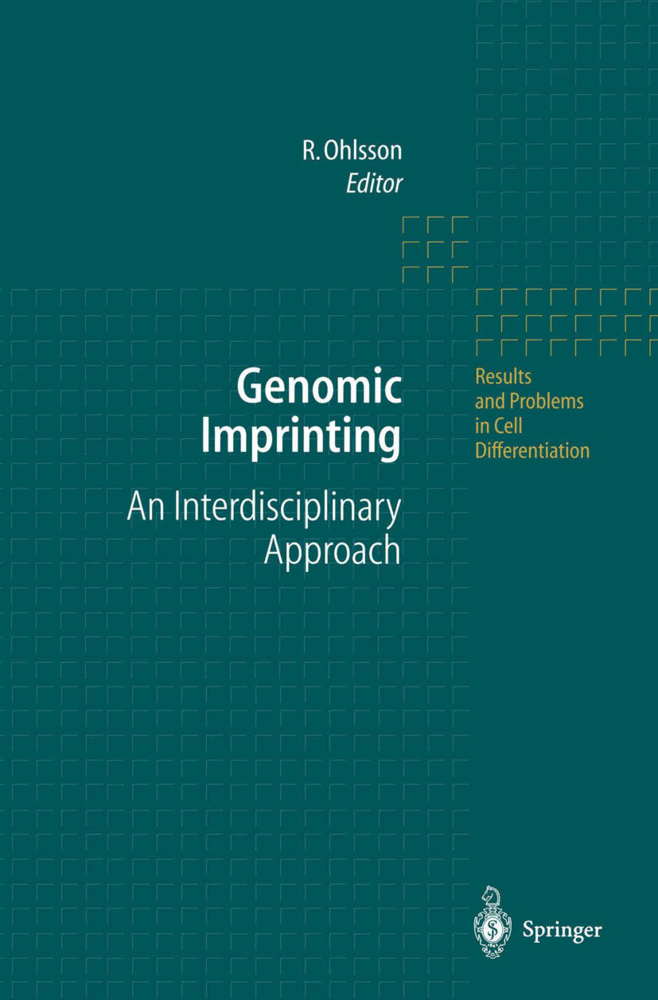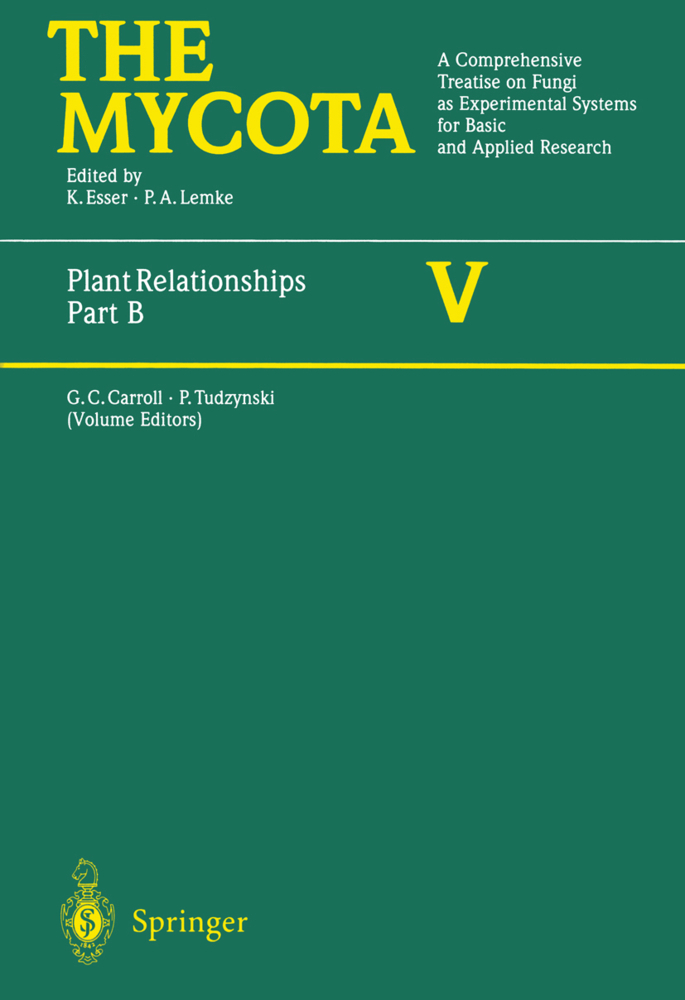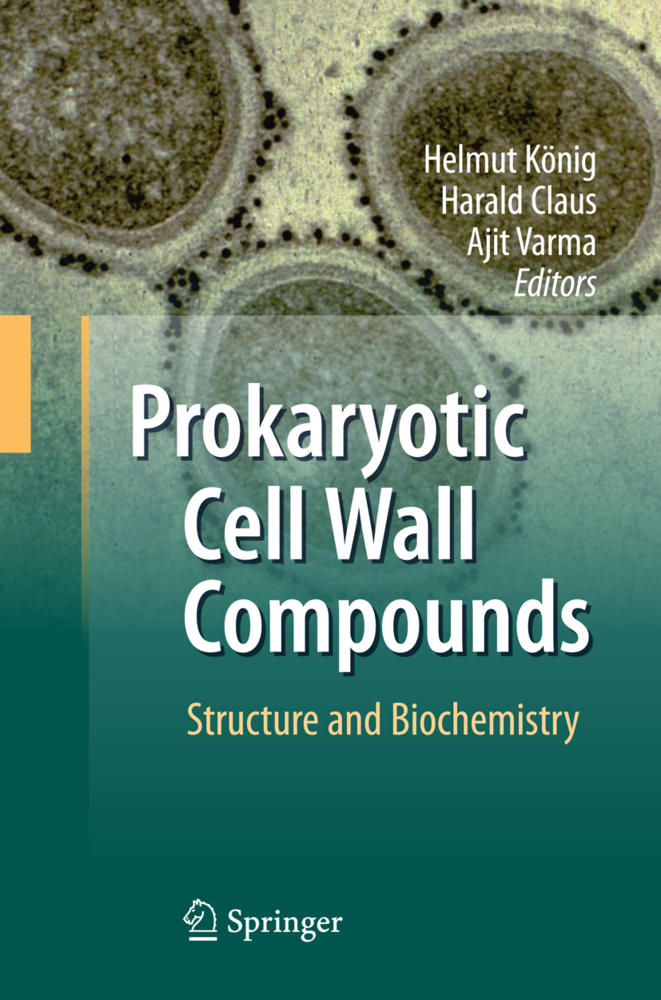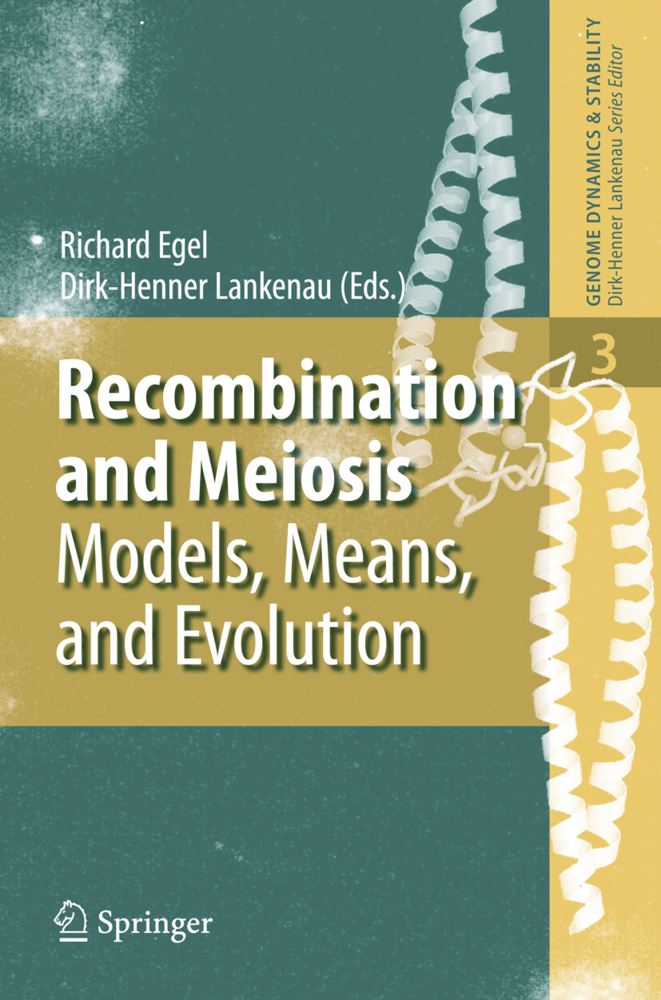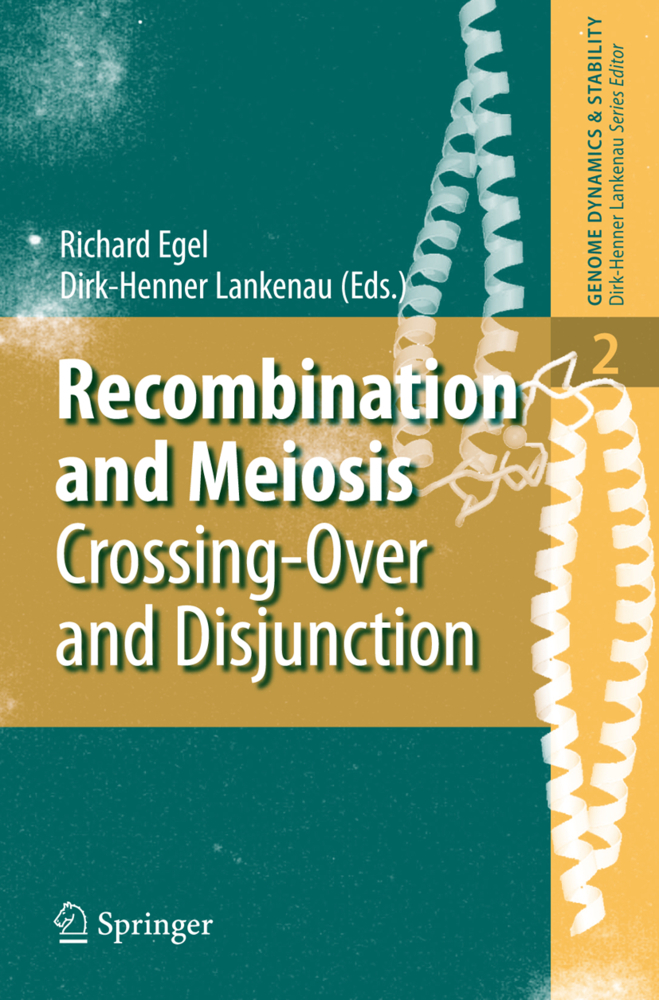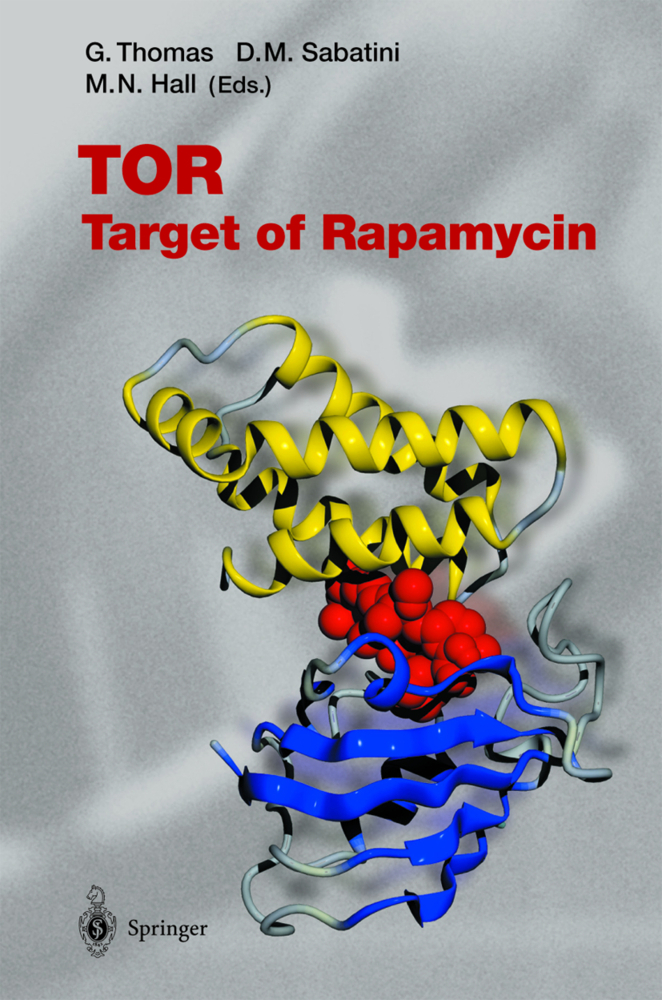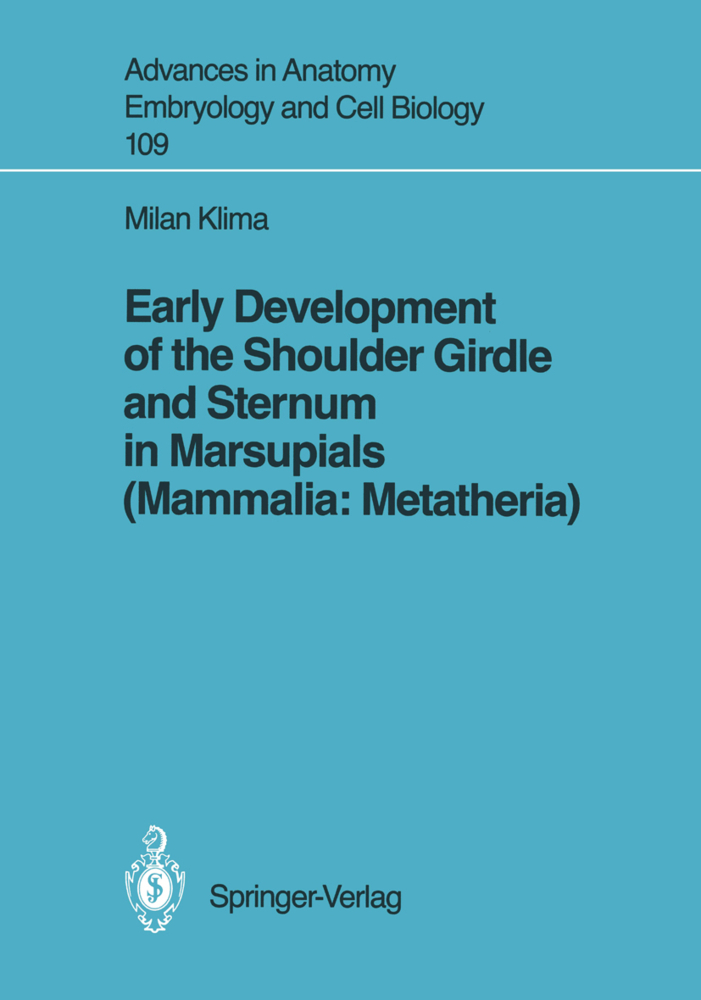Developmental Biology in Prokaryotes and Lower Eukaryotes
'Developmental biology' is widely understood as processes, which mainly concern embryonic animal development and differentiation of cells and tissue. It is also often defined as the timeline for the evolutionary developmental biology of eukaryotic multicellular higher organisms, i.e., plants and animals. The development of prokaryotes and lower eukaryotes in contrary has been neglected for a long time, which was the motivation for publishing this book.
This book highlights one of Darwin's most important findings: Evolution is a creative, but not a conscious process. It also illustrates that this concept does not only apply to multicellular higher organisms, but affects every form of life.
The reader shall find complex biochemical and genetic pathways of bacteria, yeasts or protozoa, comparable to those exhibited by plants or animals. The molecular mechanisms of dramatic genome rearrangements, recombination and horizontal gene transfer that are responsible for evolutionary adaptations are discussed. Additionally, the book covers bacteria of the genera Myxobacteriales and Caulobacterales, which are able to develop tissue-like cellular organization. The morphogenesis of entomopathogenic fungi and the endosymbiont theory are also addressed.
The book is a useful introduction to the field for junior scientists, interested in bacteriology, protistology and fungal development. It is also an interesting read for advanced scientists, giving them a broader view of the field beyond their area of specialization.
Introductory Chapter
Part I: Aspects of Developmental Biology in Prokaryotes
Linear chromosome in Borreliella: island of genetic stability
Genetics and Biochemistry of Sporulation in Endospore-forming Bacteria (Bacillus): A Prime Example of Developmental Biology
Parasporal crystals development in spore-forming bacteria: Cry and Cyt toxins
Developmental Biology of Caulobacter crescentus: a model organism to study the regulation of shape morphology
The incredible path of Myxobacteria towards an aggregative multicellularity
The Genus Lactobacillus: unusual genome complexity with huge adaptability to the environment
Associations between bark beetles and Pseudomonas
Sterol biosynthetic pathways and their function in bacteria
Understanding the Cell Organization in Planctomycetes
Resistance to antimicrobial agents: from bacteria to yeast
The taxonomy of bacteria in the genomic era
Part II: Aspects of Developmental Biologyin Eukaryotes
Prokaryotic bases of Eukaryotic eco-evo development
Quorum sensing: a major regulator of fungal development
Prokaryotic and eukaryotic porins: Comparison of structure and function
Evolutionary mechanisms in the transition towards a parasitic lifestyle: the role of endosymbiotic organelles
Effects of cyanobacterial metabolites on other bacterial phyla and in the morphogenesis, viability and biochemistry of Eukaryotes
Understanding the morphogenesis of fungi Trichoderma
Morphogenesis of filamentous fungi Role and their relevance to entomopathogenicity
Effects of normal and cancer host tissues on microbiota development, persistence and dynamics
Development of the nervous system with increasing complexity in lower eukaryotes
The gut microbiome affects human mood and behavior.
Villa, Tomás González
de Miguel Bouzas, Trinidad
| ISBN | 978-3-030-77594-0 |
|---|---|
| Medientyp | Buch |
| Copyrightjahr | 2021 |
| Verlag | Springer, Berlin |
| Umfang | VII, 565 Seiten |
| Sprache | Englisch |

